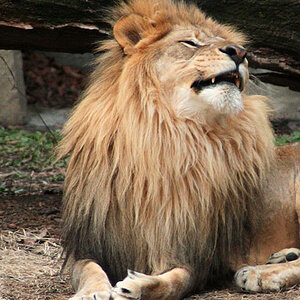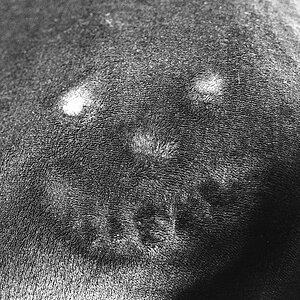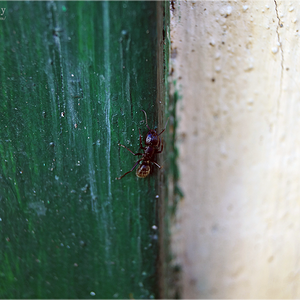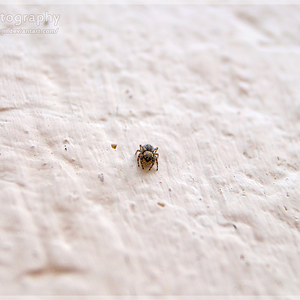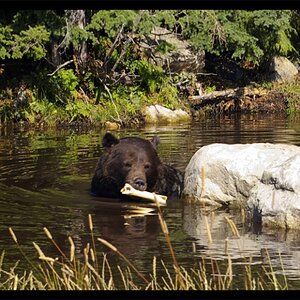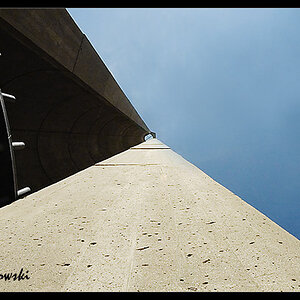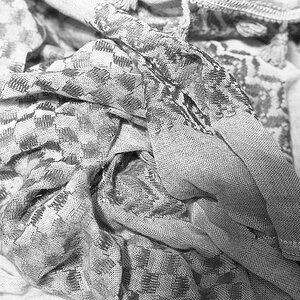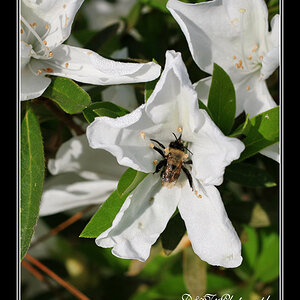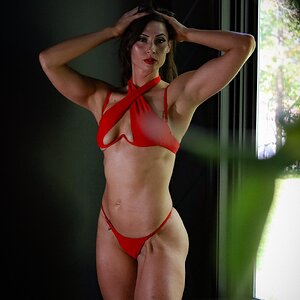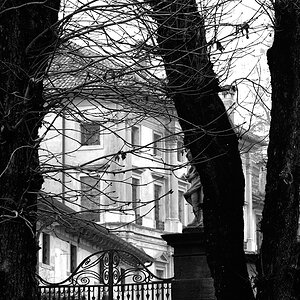drsioux
TPF Noob!
- Joined
- Jul 29, 2011
- Messages
- 3
- Reaction score
- 0
- Location
- so cal
- Can others edit my Photos
- Photos OK to edit
If you are taking photos in full sun, which I wouldn't typically do, I hear the phrase "overpowering the sun" thrown about. I'm not completely sure I "get" that. If there is already a LOT of sun shining on your subject, why would you want to use strobes and add MORE light? I can see where, in the case of high sun overhead", that you would want to eliminate the eye socket shadows and I guess you would need a high powered strobe to match or overcome the light shining on the face, thus eliminating the shadows. Yes? No? But say you are shooting at 2 pm, so you can position the model with her back to the sun, wouldn't just regular old fill flash do the trick? Why would "overpowering the sun" be necessary? It is the concept of adding powerful strobelight to conditions that appear already too bright that confuses me. I don't know if I'm even making any sense, just hoping that someone can make the lightbulb go on for me, in that regard.




